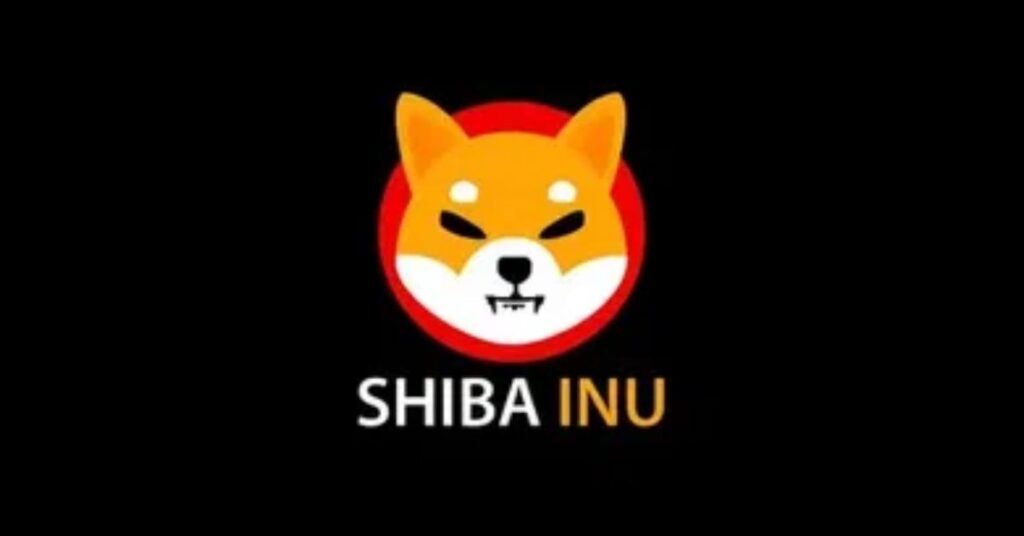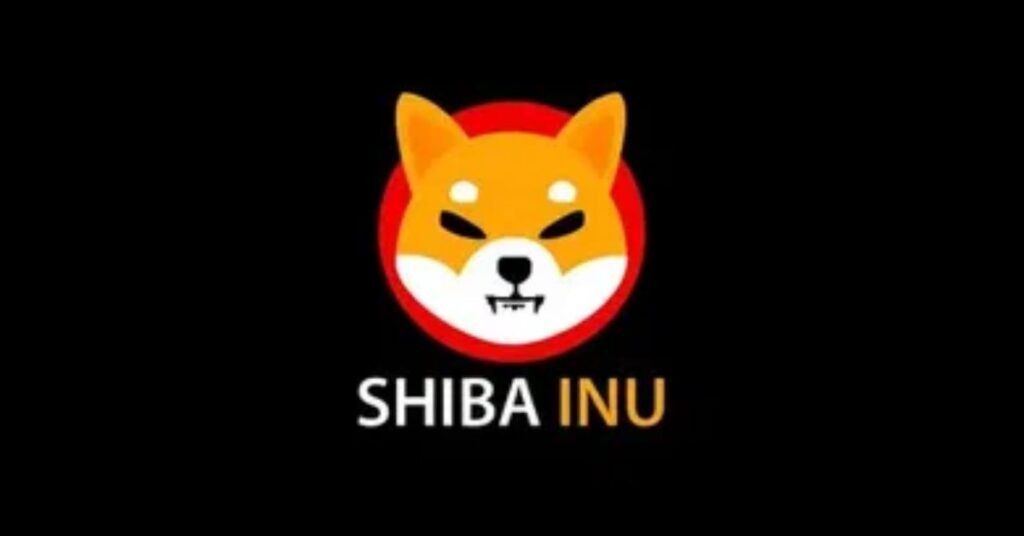In the ever-evolving world of cryptocurrency, a new player has emerged that’s caught the attention of investors and blockchain enthusiasts alike. Shibarium, an innovative layer-2 scaling solution, promises to revolutionize the Shiba Inu ecosystem and address some of the most pressing issues facing blockchain technology today. This comprehensive guide will delve into the depths of Shibarium, exploring its purpose, potential, and the impact it could have on the future of decentralized finance. What Is Shibarium? An In-Depth Look at Its Purpose and Potential.
Shibarium Overview
Shibarium isn’t just another blockchain project; it’s a game-changer for the Shiba Inu community. At its core, Shibarium is a layer-2 scaling solution designed to work in tandem with the Ethereum network. But what sets Shibarium apart from other layer-2 solutions?
Key Features of Shibarium:
- Faster Transactions: Shibarium aims to process transactions at lightning speed compared to the Ethereum mainnet.
- Lower Fees: By operating as a layer-2 solution, Shibarium drastically reduces transaction costs.
- Enhanced Scalability: The network can handle a higher volume of transactions without congestion.
- Smart Contract Compatibility: Developers can easily port their Ethereum-based dApps to Shibarium.
Shibarium’s development timeline has been a journey of anticipation and excitement for the Shiba Inu community. From its initial conception to the recent beta launch, each milestone has brought us closer to a more efficient and accessible blockchain ecosystem.
“Shibarium is not just an upgrade; it’s a new era for the Shiba Inu ecosystem.” – Shytoshi Kusama, Lead Developer
Purpose of Shibarium
The creation of Shibarium wasn’t arbitrary. It was born out of necessity, addressing specific pain points within the Ethereum network and the broader cryptocurrency landscape.
Addressing Ethereum’s Limitations
Ethereum, while groundbreaking, has faced significant challenges as its popularity has grown. High gas fees and network congestion have often made it impractical for everyday transactions. Shibarium aims to alleviate these issues by:
- Offloading Transaction Volume: By processing transactions on its own network, Shibarium reduces the burden on Ethereum.
- Implementing Efficient Consensus: Shibarium utilizes a more streamlined consensus mechanism, allowing for faster transaction finality.
- Optimizing Smart Contract Execution: The layer-2 solution provides a more cost-effective environment for running complex smart contracts. What Is Shibarium? An In-Depth Look at Its Purpose and Potential.
Fostering Innovation
Shibarium isn’t just about improving existing systems; it’s about paving the way for new possibilities. The platform aims to become a breeding ground for innovative decentralized applications (dApps) that can leverage its speed and cost-effectiveness. What Is Shibarium? An In-Depth Look at Its Purpose and Potential.
Case Study: ShibaSwap 2.0
ShibaSwap, the decentralized exchange native to the Shiba Inu ecosystem, is set to migrate to Shibarium. This move is expected to:
- Reduce trading fees by up to 90%
- Increase transaction speeds by 5x
- Enable new features previously impossible due to Ethereum’s limitations
Shibarium Technical Aspects and Architecture

To truly appreciate Shibarium’s potential, we need to dive into its technical underpinnings. As a layer-2 scaling solution, Shibarium operates atop the Ethereum blockchain, inheriting its security while improving upon its efficiency.
Layer-2 Scaling Explained
Layer-2 solutions work by processing transactions off the main blockchain (in this case, Ethereum) and then batching them together before submitting them to the mainnet. This approach significantly reduces the load on the primary network, allowing for:
- Higher Transaction Throughput: Shibarium can process thousands of transactions per second.
- Reduced Latency: Confirmation times are drastically shortened.
- Lower Costs: By batching transactions, the gas fees are spread across multiple operations.
Consensus Mechanism
While the exact details of Shibarium’s consensus mechanism are still emerging, it’s expected to use a form of Proof-of-Stake (PoS). This environmentally friendly approach aligns with the growing concern over blockchain energy consumption.
| Feature | Ethereum | Shibarium |
|---|---|---|
| Consensus | PoS | PoS (Expected) |
| TPS | ~15 | 1000+ (Estimated) |
| Finality | ~12 minutes | Seconds |
| Gas Fees | Variable (Often High) | Significantly Lower |
Smart Contract Functionality
Shibarium’s smart contract capabilities are designe to be fully compatible with Ethereum’s EVM (Ethereum Virtual Machine). This means:
- Existing Ethereum dApps can be easily ported to Shibarium
- Developers familiar with Solidity can seamlessly transition to building on Shibarium
- Cross-chain interoperability is inherently supported
Which Coins Constitute the Shibarium Ecosystem?
Understanding the tokenomics of Shibarium is crucial for grasping its full potential. The ecosystem revolves around three primary tokens, each serving a distinct purpose:
- SHIB (Shiba Inu)
- The flagship token of the ecosystem
- Used for transactions and as a store of value
- Potential for staking and governance in the future
- BONE
- Serves as the gas token for Shibarium
- Used to pay for transaction fees on the network
- Limited supply of 250 million tokens
- LEASH
- The scarce token of the ecosystem
- Potential for exclusive access to Shibarium features
- Only 107,646 tokens in circulation
The Role of BONE in Shibarium
BONE takes center stage in the Shibarium network, functioning similarly to how ETH works on Ethereum. Its importance cannot be overstate:
- Transaction Fuel: Every operation on Shibarium requires BONE to execute.
- Validator Incentives: Network validators are reward in BONE for their contributions.
- Governance: BONE holders may have voting rights on future protocol upgrades.
“BONE is to Shibarium what ETH is to Ethereum. It’s the lifeblood of the network.” – Anonymous Shibarium Developer
The Future of Shibarium
As Shibarium moves from beta to full launch, its potential impact on the cryptocurrency landscape is immense. Here’s what we can expect:
Upcoming Milestones
- Q3 2024: Full mainnet launch
- Q4 2024: Integration with major DeFi protocols
- Q1 2025: Launch of Shibarium-native dApps ecosystem
Potential Market Impact
The success of Shibarium could have far-reaching consequences:
- SHIB Price Appreciation: Increased utility could drive demand for SHIB tokens.
- DeFi Revolution: Lower fees could make DeFi accessible to a broader audience.
- NFT Market Expansion: Shibarium’s efficiency could reinvigorate the NFT space.
Challenges Ahead
Despite its promise, Shibarium faces several hurdles:
- Adoption: Convincing users and developers to migrate from established platforms.
- Competition: Other layer-2 solutions and emerging blockchains vie for market share.
- Regulatory Scrutiny: Increasing oversight in the crypto space could impact development.
Conclusion
Shibarium represents a bold step forward for the Shiba Inu ecosystem and the broader blockchain community. By addressing the critical issues of scalability, cost, and speed, it has the potential to unlock new realms of possibility in decentralized finance and beyond.
As we stand on the brink of this new era in blockchain technology, one thing is clear: Shibarium is not just an upgrade to the Shiba Inu network – it’s a paradigm shift that could reshape the way we think about and interact with digital assets.
FAQs
- How does Shibarium differ from Ethereum?
Shibarium is a layer-2 solution built on top of Ethereum, offering faster transactions and lower fees while maintaining Ethereum’s security. - Can I stake SHIB on Shibarium?
While specific staking mechanisms are yet to be announce, it’s expected that SHIB staking will be a key feature of the Shibarium ecosystem. - What dApps are being develope for Shibarium?
While the full range of dApps is still emerging, we can expect to see decentralized exchanges, lending platforms, and NFT marketplaces optimized for Shibarium. - How will Shibarium affect SHIB’s value?
Increased utility and reduced transaction costs could potentially drive up demand for SHIB, but as with all cryptocurrencies, the market remains highly volatile. - Is Shibarium environmentally friendly?
By utilizing a Proof-of-Stake consensus mechanism, Shibarium is expected to be significantly more energy-efficient than traditional Proof-of-Work blockchains.






